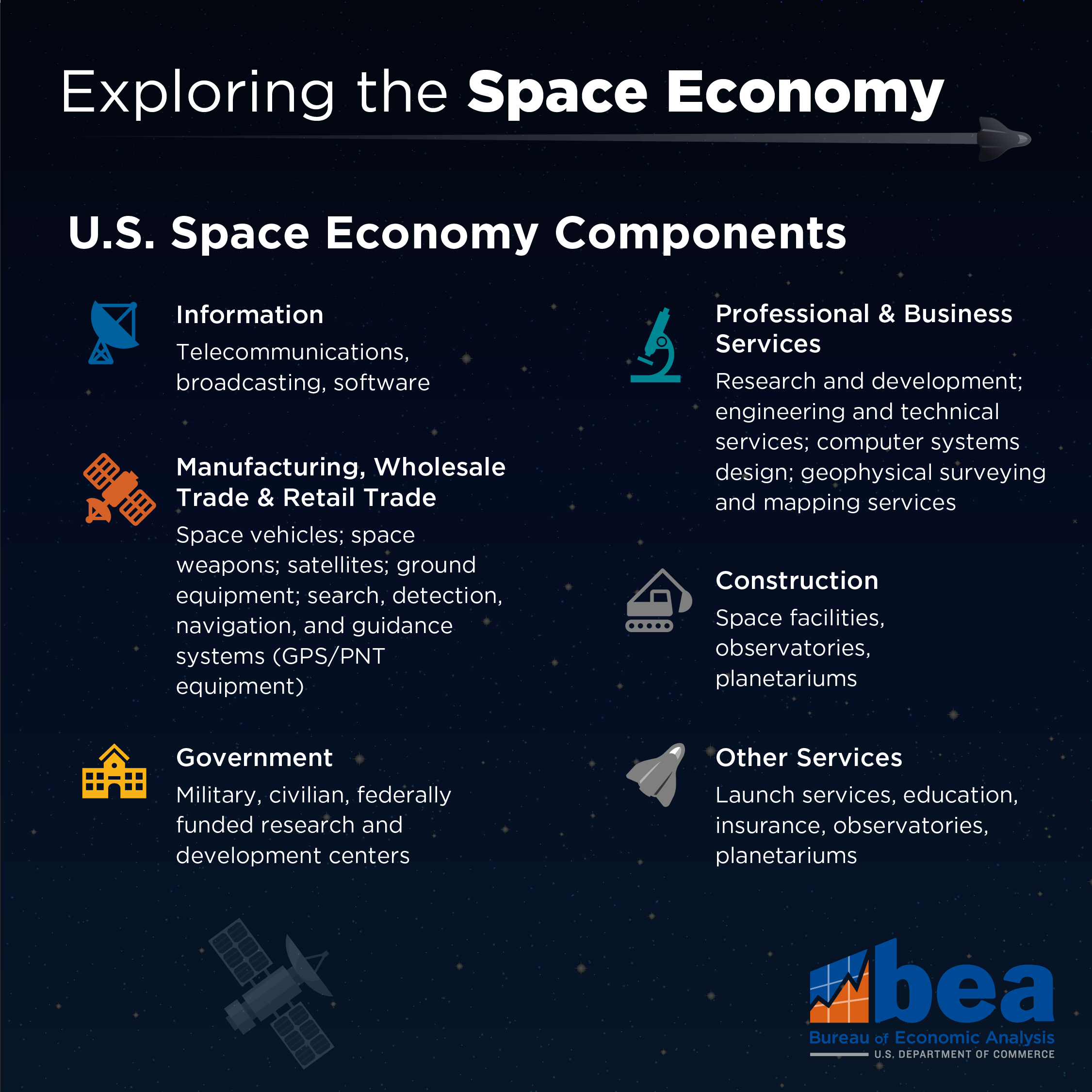Week 9: Space + Art
Space itself can immediately be connected with art through its visuals. There are countless photos and videos of space which include stars, galaxies, comets, super novas, the list goes on. How has our understanding of space, in correlation with art, progressed throughout the years? I think that we can only answer this question by first looking at the history of our exploration of space. The first example, that I found the most helpful when learning about space and art, was the first beings to ever set out into space. Professor Victoria Vesna shares the history of beings in space, in her lecture 3, where we learn about the dog, Laika, who was a russian dog and the first being to be sent into space. Other animals like chimpanzees/apes are shown in the later half of the video, showing that the intelligence level of these beings increased as well. It went from dogs, to apes, and eventually humans.
It is heartbreaking, considering that animals were sacrificed at the expense of research. NASA describes how we could only test the safety of human conditions in space, by using animals first. The use of animals, like dogs and apes, eventually led to our own arrival into space and progress the connection with space and art. In her article, Alaina mentions how NASA has had a long history of art and science which dates back as far as the 1960’s when NASA created its Art Program. In this art program, images were created of our arrival into space and other related images in order to capture the “emotion and imagination” that machines and data are unable to do. Artists like Andy Warhol, Henry Casselli, and Keith Duncan are among a few who contributed to this program.
These forms of art can eventually lead to economic wants, such as contribution to what is known as the “Space Economy.” Professor Vesna explains how meteors and comets have metal material that can be used on Earth and help make profits. Meanwhile other aspects of the Space Economy are taking shape as the World Economic Forum states that by 2035, the Space Economy can be worth 1.8 trillion through the satellites and rocket technology made available. Although art has already made an impact, through space, it can create new contributions as things like the Space Economy and further exploration continues.
www.kennedyspacecenter.com/blog/how-on-earth-are-nasa-science-and-art-related. Accessed 31 May 2024.
“A Brief History of Animals in Space.” NASA, NASA, 18 Jan. 2024, www.nasa.gov/history/a-brief-history-of-animals-in-space/. Accessed 31 May 2024.
“Space Is Booming. Here’s How to Embrace the $1.8 Trillion Opportunity.” World Economic Forum, www.weforum.org/agenda/2024/04/space-economy-technology-invest-rocket-opportunity/. Accessed 31 May 2024.
Vesna, Victoria. “8 Space PT3 1280X720.” YouTube, 29 July 2013, youtu.be/4WOqt_C55Mk?feature=shared. Accessed 31 May 2024.
Vesna, Victoria. “Space PT5.” YouTube, 30 May 2012, youtu.be/WnSUHMXBmdg?feature=shared. Accessed 31 May 2024.



Comments
Post a Comment